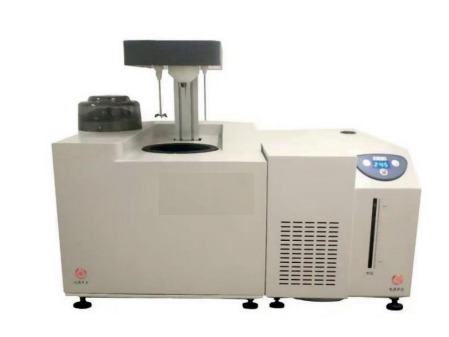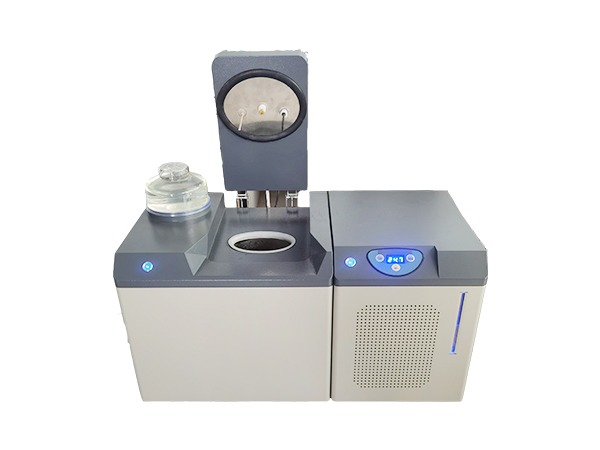Welcome to Hebi Xinda Instrument Co., Ltd.!
Coal quality testing equipment systematically quantifies the environmental footprint of Chinese plastic products for the first time
Recently, the China Petroleum Consumption Total Control and Policy Research Project (hereinafter referred to as the “Oil Control Research Project”) released its latest report, “Evaluation of the Environmental Footprint of Plastics in China”. The report, written by the Beijing Institute of Petrochemical Technology, studied the material flow of plastics in China and analyzed the environmental impact of plastic products throughout their life cycle, including energy footprint, carbon footprint and water footprint. Based on this analysis, the report proposed the goals, roadmap, safeguards and expected benefits of reducing plastic consumption (“plastic control”) during the “14th Five-Year Plan” period.
Plastic consumption has caused serious environmental pollution worldwide. As of 2015, humans have cumulatively emitted about 6.3 billion tons of plastic waste, of which nearly 80% was landfilled or abandoned. The plastic industry currently consumes 8% of the world’s oil, and its carbon emissions from production and use account for about 4% of the world’s total carbon emissions.
The report points out that if it continues to develop in the current inertial mode, by 2050, global plastic production will consume 20% of the world’s oil, and carbon emissions from production and use will account for about 15% of the total global carbon budget (2°C scenario).

This report systematically quantifies the environmental footprint of China’s plastic products for the first time. Taking the widely used plastic polyethylene (PE) as an example, the environmental impact of different qualities of PE manufacturing links is different, among which the environmental impact of high-pressure low-density polyethylene (LDPE) production is the greatest. The energy consumption of each ton of LDPE production is 0.96 tons of oil equivalent, the water resources used are 16.6 cubic meters, and the carbon emissions are 2.98 tons.
The report proposes my country’s “plastic control” goals for the “14th Five-Year Plan” period and the medium and long term: by 2025 and 2035, my country’s household plastic consumption will be reduced by 10% and 25% respectively compared with 2017.
The report estimates that during the “14th Five-Year Plan” period, through measures such as “prohibition, restriction, and substitution”, the consumption of traditional fossil-based plastics can be cumulatively reduced by 11.8 million tons. If the contribution of reduced incineration is included, it is expected to save 25 million tons of oil; in addition, it can also cumulatively reduce carbon dioxide emissions by 110 million tons, equivalent to the annual carbon emissions of 35 500-megawatt coal-fired power plants.
The report believes that promoting the plastic economy from an open-loop linear model to a closed-loop circular model is a systematic change in concepts, technologies, management, production, and consumption. The key to promoting this change is to promote 100% recycling of easily recyclable plastics and improve the recycling performance of plastics in the economic system. The report thus proposes the general idea of my country’s “plastic control” in the next 15 years: starting from the entire industrial chain from raw material production and processing to product sales, use and recycling, starting from the environmental impact and risk control of the entire life cycle of the product, reforming the mechanism and system, and accelerating the development of a new plastic economic model that is recyclable, recyclable and degradable.
Based on the research and analysis of environmental footprint, the report proposes the general strategy of my country’s “plastic control”: classified management, reduced development, grasping hot spots, and using policy optimization and innovative development as a promotion and guarantee mechanism. The report emphasizes that my country’s future “plastic control” should seize hot places such as supermarkets and restaurants, hot products such as plastic bags and disposable tableware, hot behaviors such as bundling and gift-type sales and packaging-type tie-in sales, as well as industrial chain service guarantee innovation, including producer packaging design innovation, takeaway tableware utilization model innovation, logistics packaging utilization model, and plastic recycling classification innovation.
The report recommends that my country establish a plastic management mechanism from the perspective of life cycle assessment (LCA), focusing on formulating a mandatory recycling catalog for plastic products (including plastic packaging), and issuing technical specifications for plastic classification that are compatible with recycling and reuse; consolidating the extended producer responsibility system, piloting a plastic deposit system, supporting a recycling system and deposit return channels, and “replacing fees with taxes” for plastic bags and disposable plastic products.
It is worth noting that the report also proposes to create a plastic credit mechanism, innovate a plastic recycling and reuse mechanism, and prohibit the production of plastic types that are seriously harmful to the environment and difficult to dispose of at the end on the supply side.

